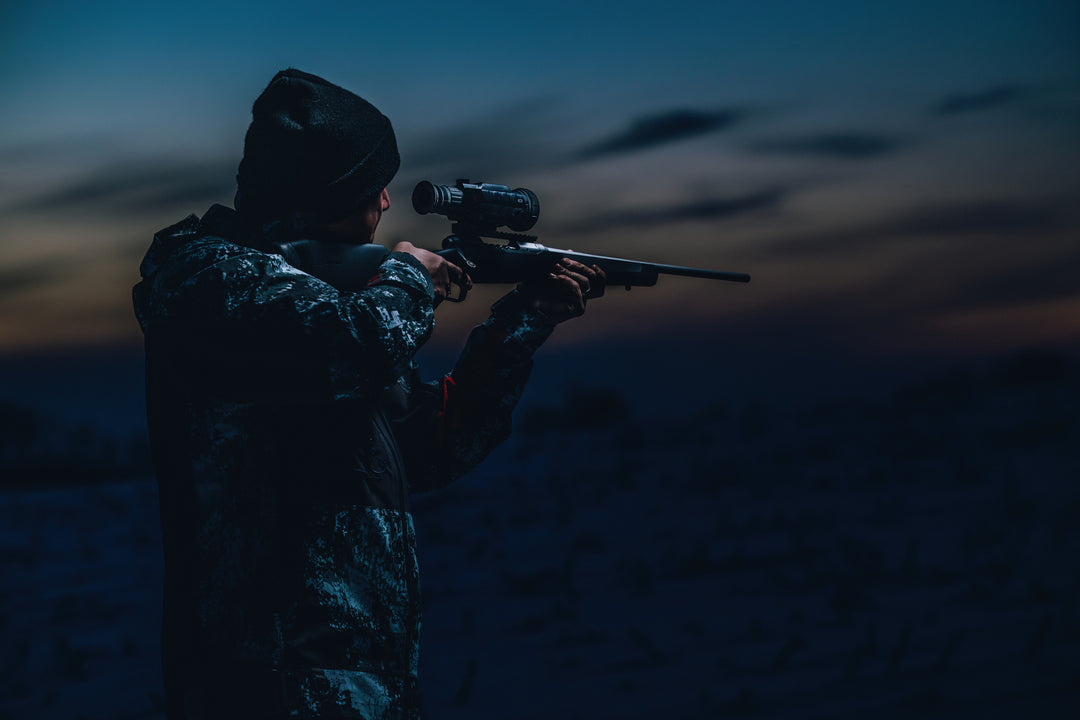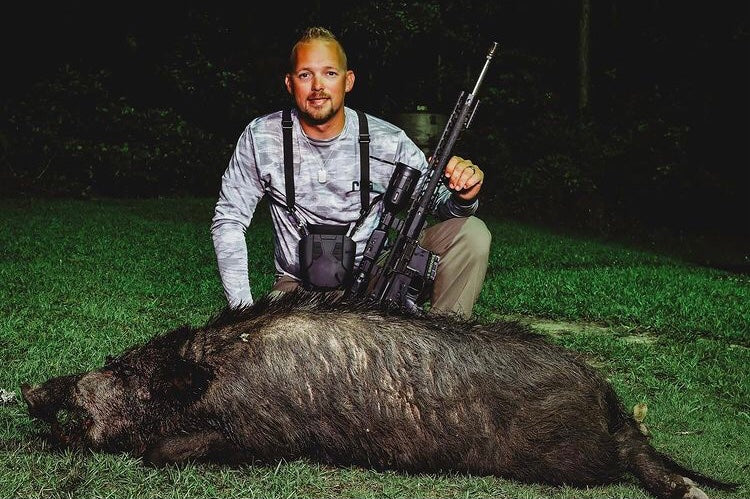Bird hunting, turkey specifically, can be an exciting experience. Gobblers are smart elusive creatures, which makes them fun game but also frustrating game. Here is a guide to bagging a gobbler next season!
Finding the Turkey
The first task of a turkey hunt comes before the season starts. You will first want to scout the area you’ll be hunting at. The main goal here is to find the roost or nest. Where there is a roost there is a turkey, but roosts are not always easy to find.
The environment is the first thing to take note of. Turkeys, like most other living creatures, require food, water, and shelter. Turkeys like access to open areas where they can easily get food, water sources, and large trees they can make their roosts in. An area with all three of these features will be a good place to look for a roost. Next on your scouting trip, you will want to keep quiet and listen. If your state’s turkey season is in the springtime, then you may be able to hear the mating calls nearby. Be patient, and the turkeys may lead you to their roost. Lastly, observe the environment for evidence of turkeys. This may include tracks, feathers, droppings, and ground scrapings. Tracks at the base of a tree is a dead giveaway of turkeys roosting.
Draw Out the Turkey
Now that you have found the roost, the hunt is on. Because shotguns are typically the weapon of choice on turkey hunts, get as close to the gobbler as you can and prepare a call to draw it out. A distress call is usually a good call. This gobble call is especially effective during mating season when turkeys are more vocal. A decoy turkey in conjunction with a call could also be effective at drawing a turkey out into the open for an easy shot. When using a decoy, positioning is everything. You do not want to be between the decoy and the gobblers otherwise as they approach, they will see you first get spooked and flee.
Taking the Shot
ll your preparation has led up to this final moment of the hunt. As the turkey steps out into the open you will want to take a deep breath and make your shot count. Here is a helpful resource that goes much more in depth on this topic! Hopefully these tips help you on your next hunt. Let us know how it went here.








